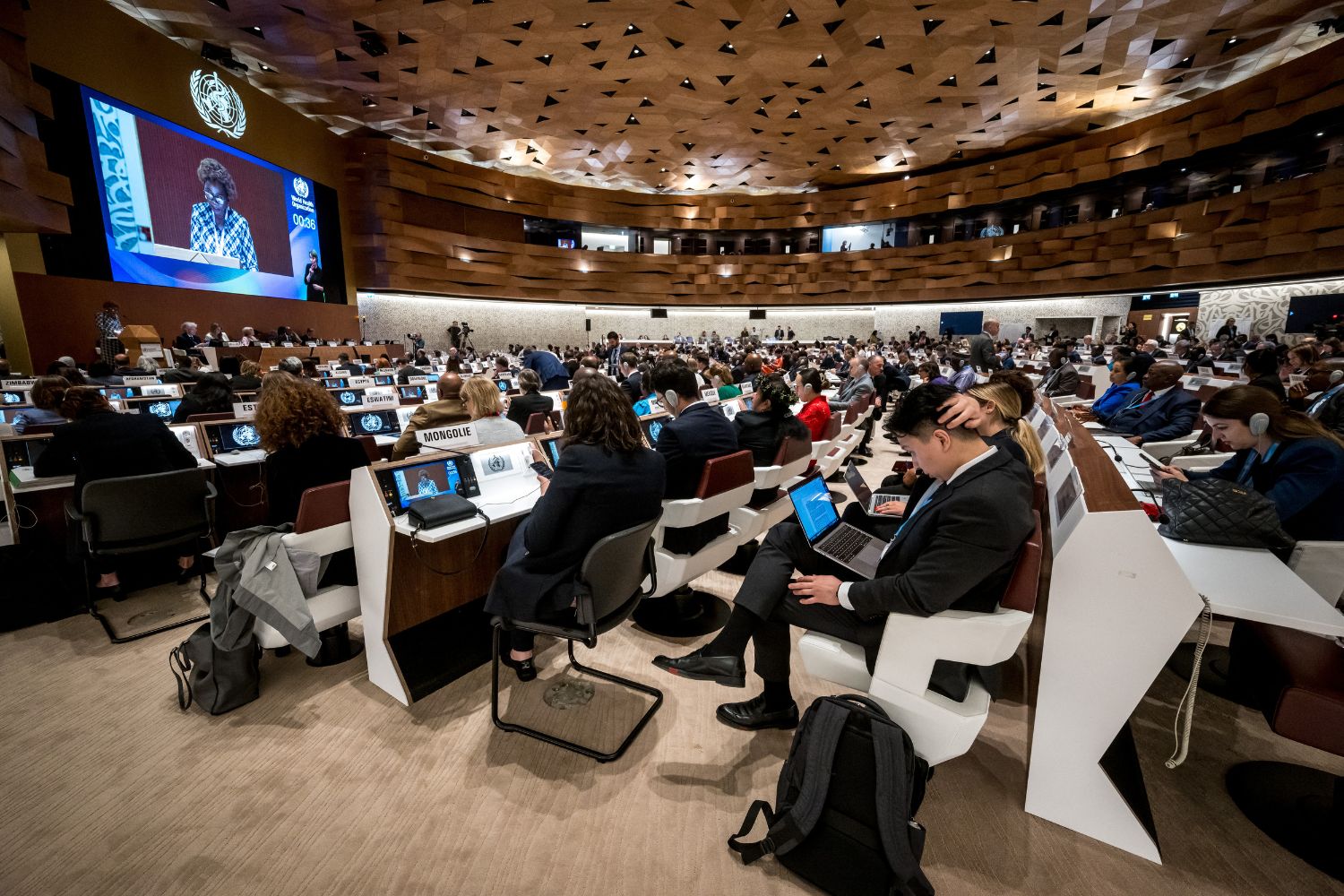Recent studies have unveiled a remarkable discovery shedding new light on the ancient wonders of Egypt: a long-buried river branch, named Ahramat, once flowed past the renowned Giza pyramid complex. According to reports, this 64-kilovoltmeter river branch coursed alongside more than 30 pyramids, including the iconic Great Pyramid of Giza, between 4,700 and 3,700 years ago.
The revelation of this ancient waterway offers unprecedented insight into how the ancient Egyptians may have transported the colossal stone blocks used to construct these monumental structures. The strategic role of waterways in facilitating the movement of materials and labourers for pyramid construction has long been a subject of speculation and fascination.
The discovery of the Ahramat river branch provides a crucial piece of the puzzle in unravelling the mysteries of ancient Egyptian engineering and logistics, The findings challenge previous theories about the logistics of pyramid construction, suggesting that water transport played a more significant role than previously believed.
The proximity of the river to the pyramids implies that it may have served as a vital artery for the transportation of construction materials, easing the monumental task of building these architectural marvels. The presence of this lost river branch offers a compelling explanation for how the ancient Egyptians managed to transport the massive stone blocks from quarries to construction sites.
The discovery underscores the ingenuity and resourcefulness of ancient civilisations in harnessing natural resources to realise ambitious architectural projects. By unlocking the secrets of the Ahramat river branch, researchers aim to deepen our understanding of ancient Egyptian society, economy, and technological capabilities.
As excavation efforts continue and further analyses are conducted, scientists anticipate that more revelations about the role of waterways in ancient Egyptian civilisation will emerge, reshaping our understanding of one of history’s most enduring enigmas—the construction of the pyramids.
Unveiling the Mysteries of the Pyramids of Giza: A Journey into Ancient Construction Techniques
The Pyramids of Giza stand as enduring symbols of ancient Egyptian civilisation, captivating the imagination of people around the world for millennia. Constructed over 4,500 years ago during the Old Kingdom period, these monumental structures continue to inspire awe and fascination, not only for their grandeur but also for the mysteries shrouding their construction.
The Great Pyramid of Giza, also known as the Pyramid of Khufu, is the largest and most iconic of the three pyramids at Giza. Alongside the Pyramid of Khafre and the Pyramid of Menkaure, these ancient marvels were built as tombs for the pharaohs Khufu, Khafre, and Menkaure, respectively.
The construction of the pyramids remains a subject of intense scholarly debate and speculation. While historians and archaeologists have pieced together various theories, many aspects of the building process remain enigmatic. Amongst the most intriguing questions is how the ancient Egyptians managed to transport and assemble the massive stone blocks used in the construction of these colossal edifices.
Traditional theories proposed that the stones were quarried nearby and transported to the construction site using sledges dragged across the desert sands. However, the recent discovery suggest that water transport may have played a more significant role than previously thought.
The precision and engineering sophistication evident in the construction of the pyramids are remarkable feats of ancient ingenuity. The stones were meticulously cut and precisely aligned to create the iconic triangular structures that have endured for millennia. The sheer scale of the undertaking, coupled with the limited technological resources available to the ancient Egyptians, adds to the mystique surrounding the pyramids’ construction.
Archaeological excavations and ongoing research efforts continue to uncover new clues and insights into the construction techniques employed by the ancient Egyptians. From the quarrying of stones to their transportation and assembly, each aspect of the building process offers tantalising glimpses into the technological prowess and organisational skills of this ancient civilisation.
ALSO READ: British auction house withdraws 18 ancient Egyptian skulls from sale
As scientists delve deeper into the secrets of the pyramids, the quest to unravel their mysteries persists. The enduring allure of these ancient wonders serves as a testament to the remarkable achievements of humanity’s distant past and a reminder of the boundless curiosity that drives our exploration of history’s most enigmatic monuments.
The Pyramids of Giza hold immense significance in ancient Egyptian history, serving as iconic symbols of the pharaohs’ power, religious beliefs, and cultural achievements. Here’s a closer look at their historical significance:
The pyramids were built as monumental tombs for the pharaohs, the divine rulers of ancient Egypt. These imposing structures were intended to safeguard the pharaoh’s body and belongings for eternity, reflecting the Egyptians’ belief in the afterlife and the pharaoh’s divine status as a god-king.
The construction of the pyramids showcases the advanced architectural and engineering capabilities of ancient Egypt. The precision with which the massive stone blocks were cut, transported, and assembled demonstrates the Egyptians’ mastery of mathematics, geometry, and organisational skills.
The pyramids were central to ancient Egyptian religious beliefs and funerary rituals. They were designed to facilitate the pharaoh’s journey to the afterlife and ensure their eternal well-being. The surrounding complex, including temples and smaller tombs for royal family members and officials, further underscores the religious significance of the pyramids.
Today, the Pyramids of Giza are amongst the most famous tourist attractions in the world, drawing millions of visitors each year. They are recognised as symbols of Egypt’s rich cultural heritage and ancient civilisation, contributing significantly to the country’s tourism industry and global reputation.
While there are many pyramids scattered throughout Egypt, the most famous and largest concentration is at the Giza Necropolis, located on the outskirts of Cairo. At Giza, there are three main pyramids:
– The Great Pyramid of Giza: Also known as the Pyramid of Khufu, it is the largest and oldest of the three pyramids. Built for Pharaoh Khufu (also known as Cheops), it is estimated to have been completed around 2560 BCE.
– The Pyramid of Khafre: Built for Pharaoh Khafre (Chephren), the second-largest pyramid at Giza is slightly smaller than the Great Pyramid. It is distinguished by the remnants of its limestone casing at the apex.
– The Pyramid of Menkaure: The smallest of the three main pyramids, it was built for Pharaoh Menkaure (Mycerinus). Despite its smaller size, it is still an impressive structure.
Burials: The pyramids were constructed as tombs for the pharaohs and their consorts, housing their mummified remains, along with treasures and offerings intended to accompany them into the afterlife. The Great Pyramid is believed to have been the final resting place of Pharaoh Khufu, while the other two pyramids housed the remains of Khafre and Menkaure, respectively. Additionally, the surrounding complexes contain smaller tombs for royal family members and high-ranking officials.
ALSO READ: Ancient stone structures rewrite Stone Age history in Saudi Arabia













